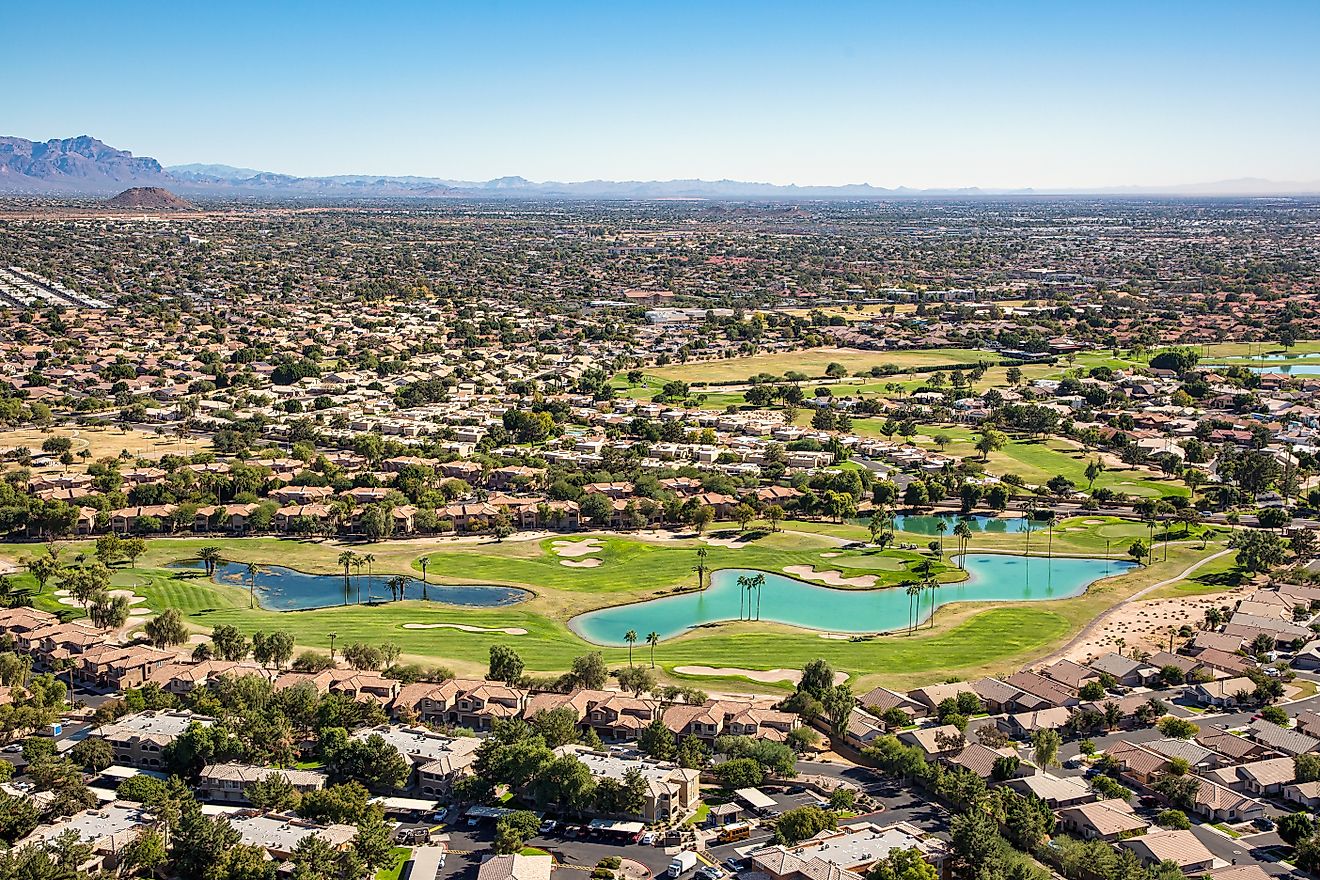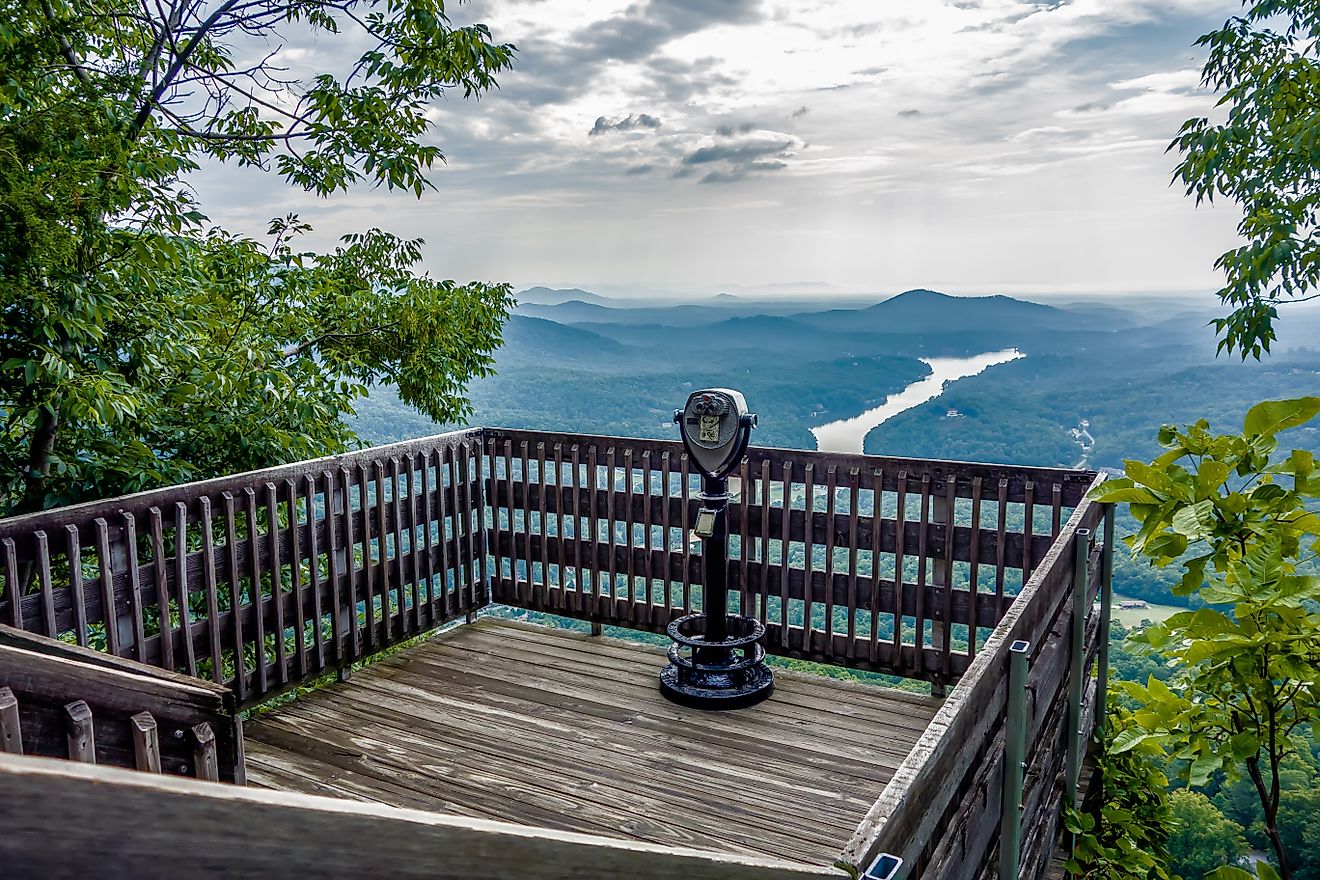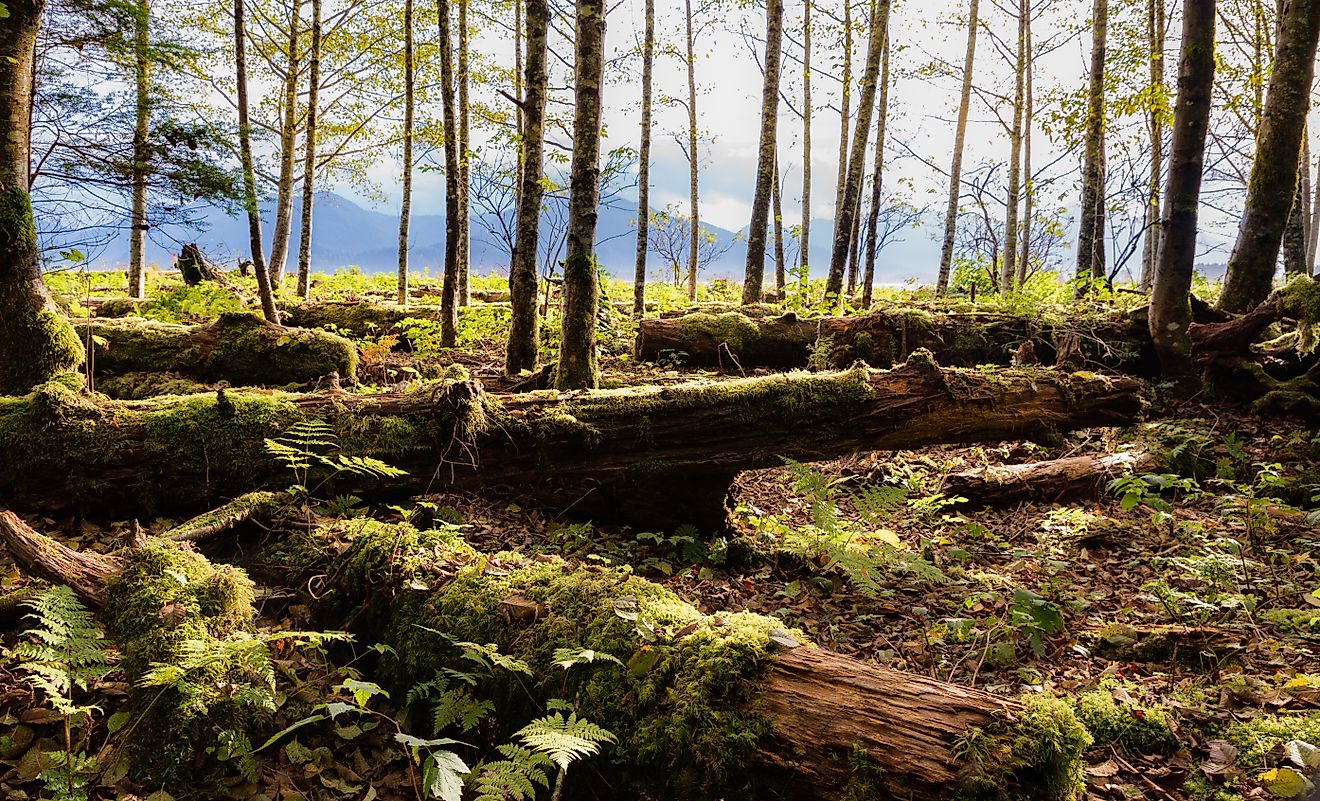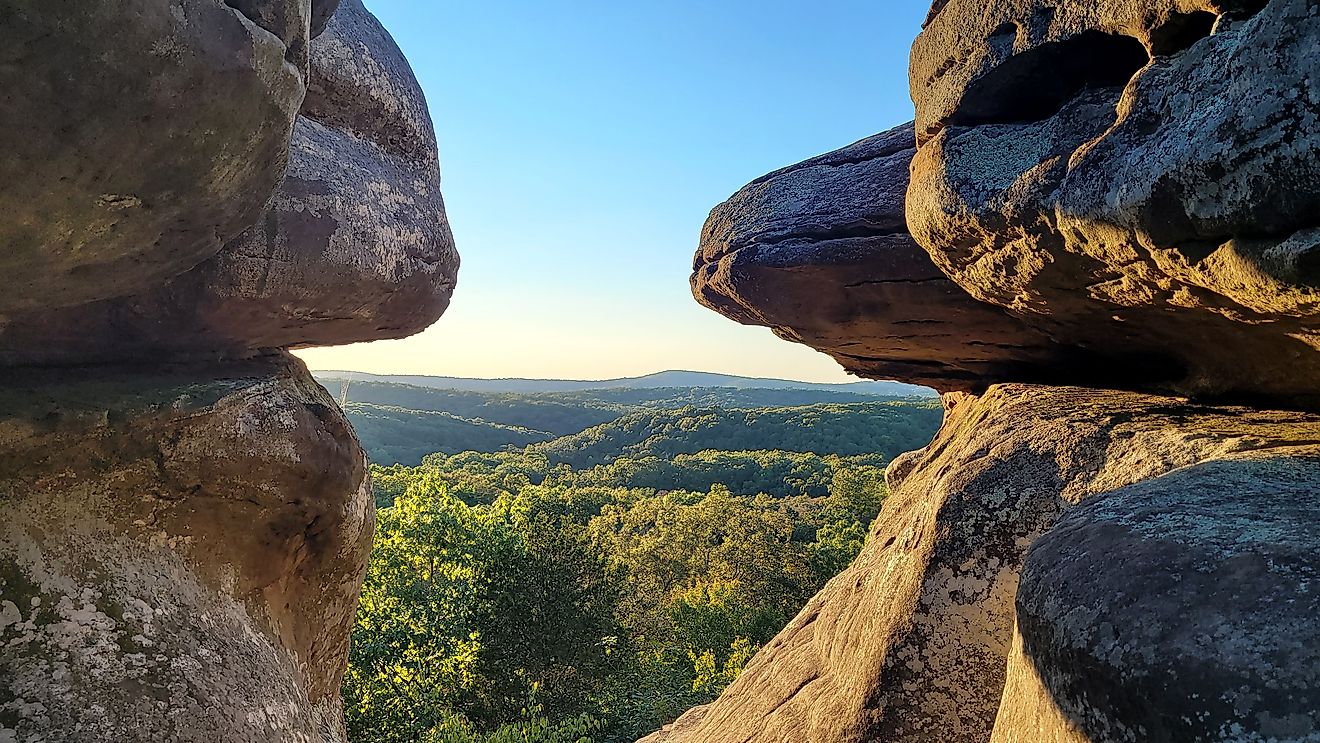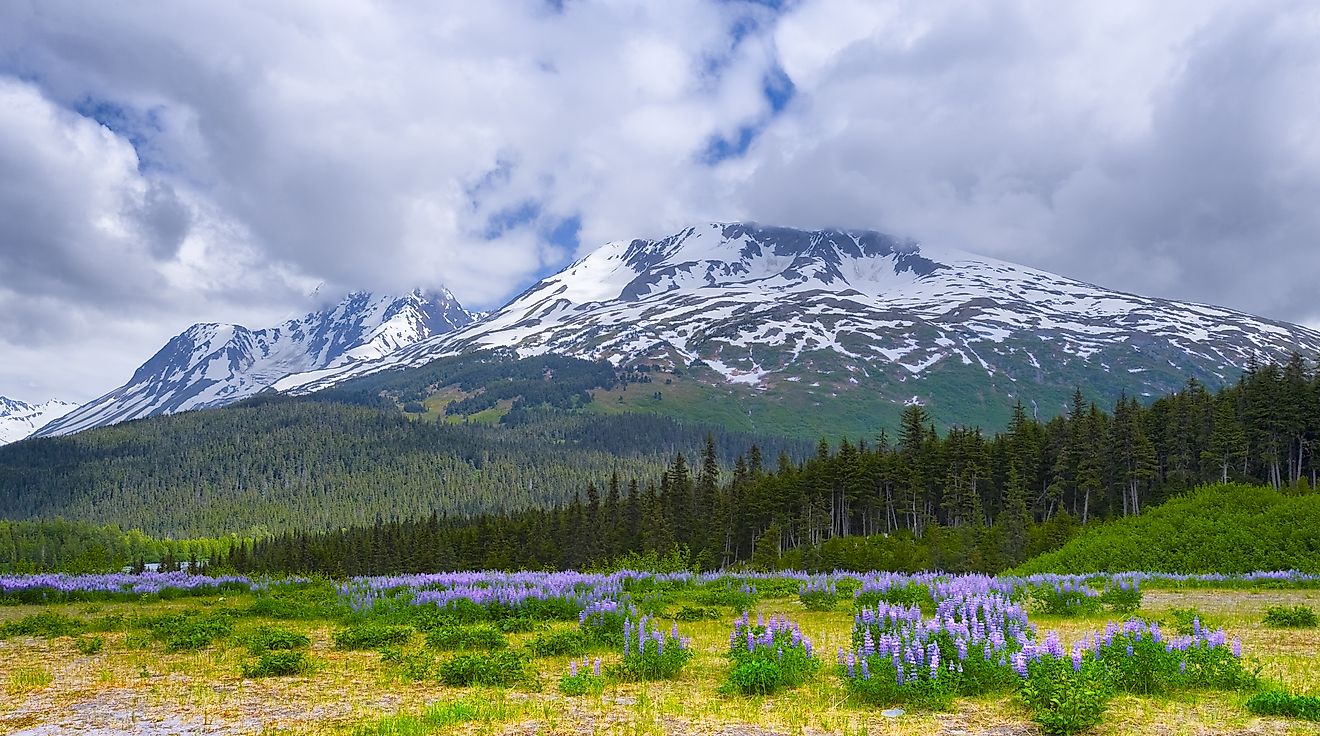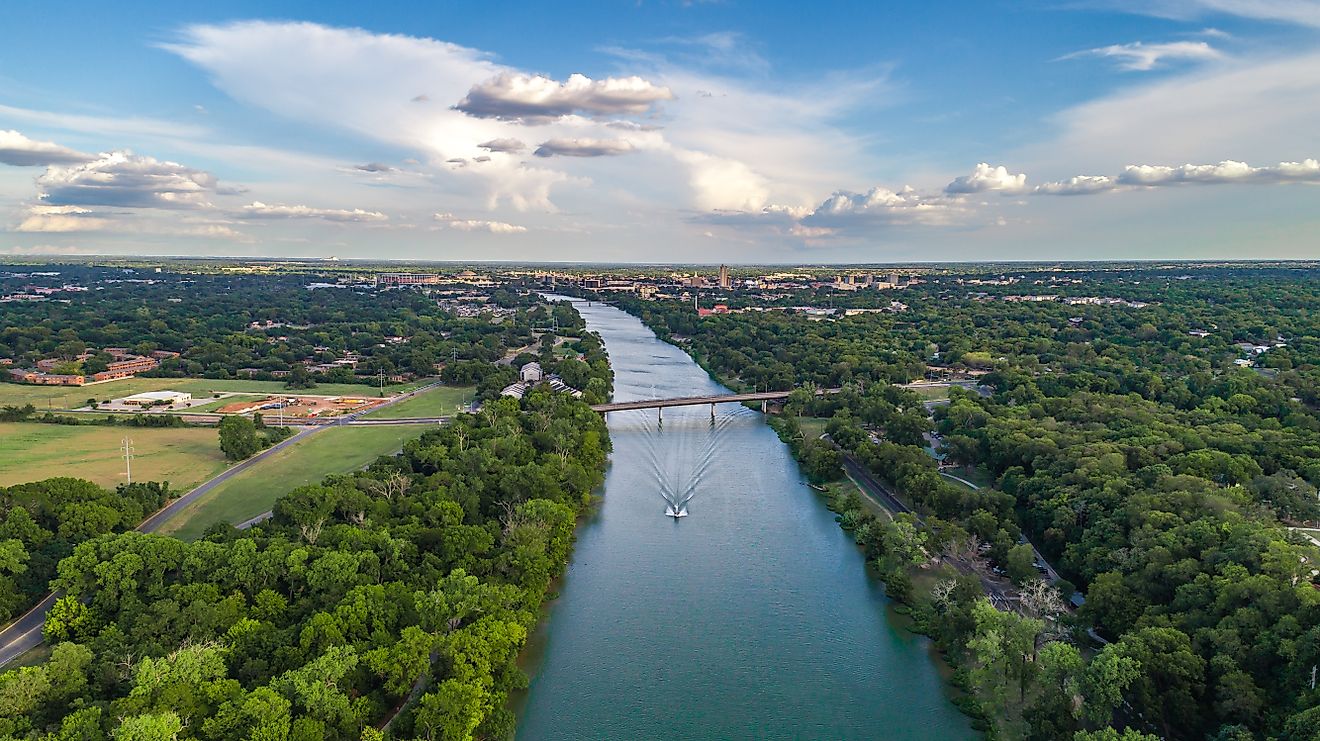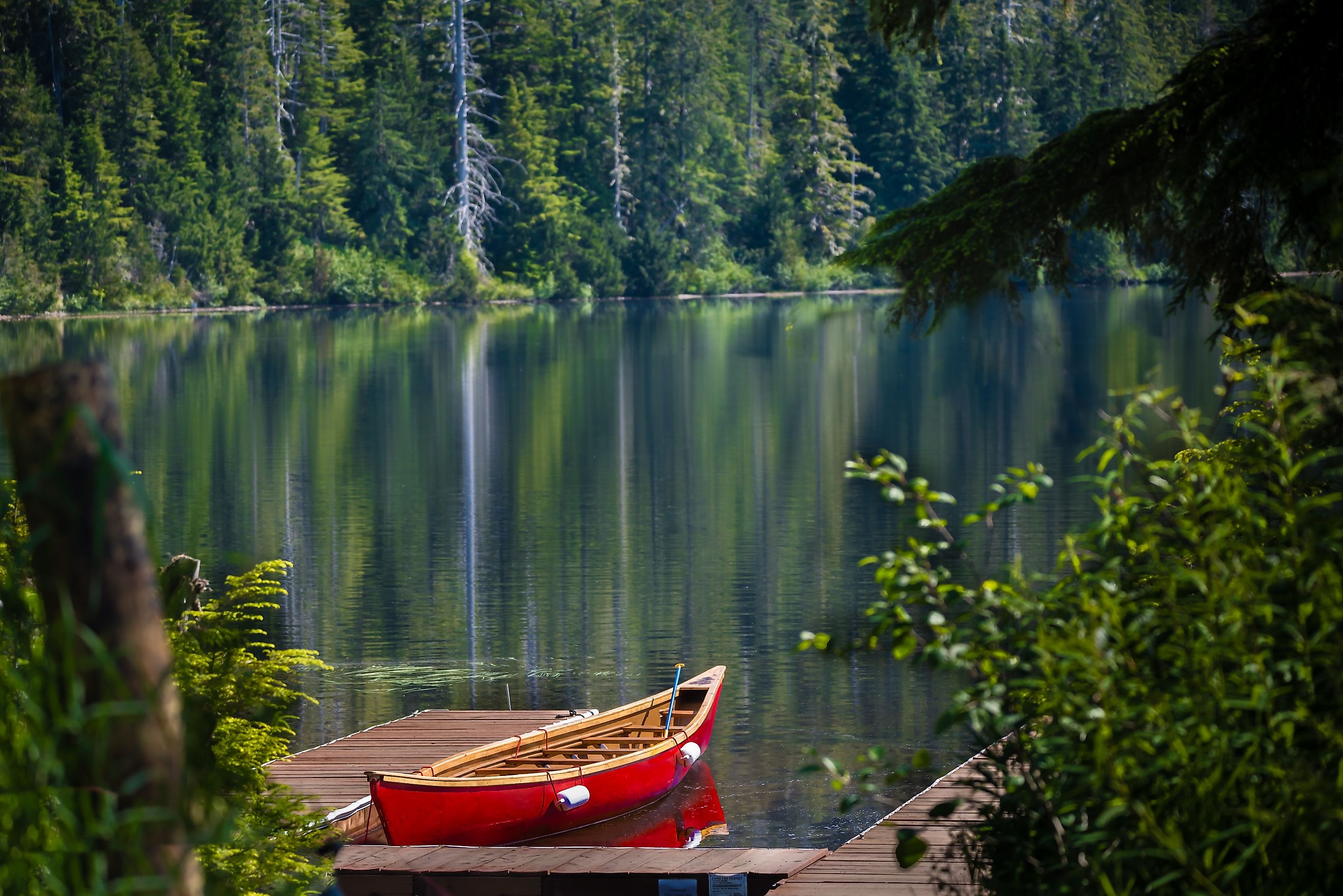
The 7 Major Forests of the US
Forests are the lungs of the planet, the wild heartbeats of the natural world. Within the United States, vast expanses of trees and untamed wilderness stretch across millions of acres, shaping landscapes, supporting intricate ecosystems, and preserving the echoes of history. Some of these forests are ancient, home to trees that have stood for thousands of years, while others have rebounded from past destruction, proving the resilience of nature. They are refuges for wildlife, sanctuaries for explorers, and reservoirs of clean air and water.
Each of America’s great forests has its own identity—defined by towering pines, glacier-carved valleys, volcanic remnants, and thriving wildlife. The following seven forests represent the most significant, diverse, and awe-inspiring woodlands in the country. Their landscapes tell stories of ancient geological forces, centuries of human history, and ongoing conservation efforts. From the remote reaches of Alaska to the rugged peaks of the Rockies, these forests stand as living monuments to the wild places that still thrive in the modern world.
Tongass National Forest
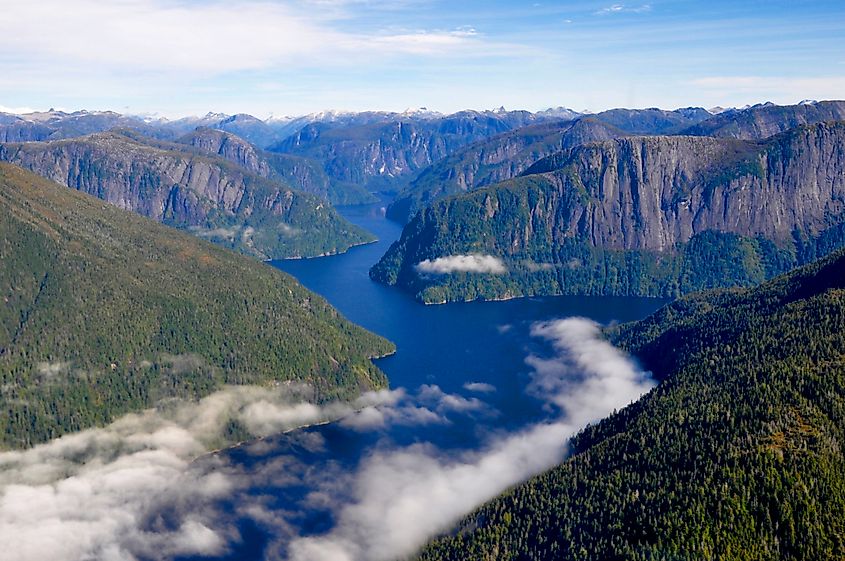
Spanning a vast 17 million acres in southeastern Alaska, Tongass National Forest is the largest national forest in the United States. This vast temperate rainforest is a haven for towering Sitka spruce, western hemlock, and red cedar. Thick moss drapes the branches, and ferns carpet the forest floor, creating a lush, primeval atmosphere.
Wildlife is abundant in this vast wilderness. Brown bears gather at salmon-filled streams, bald eagles soar overhead, and wolves prowl the dense undergrowth. The forest’s coastline is punctuated by glaciers, fjords, and deep inlets, where humpback whales and sea otters thrive.
For thousands of years, the Tlingit, Haida, and Tsimshian peoples have lived in the Tongass, utilizing its abundant resources. Today, efforts to balance conservation with economic interests, such as fishing, tourism, and logging, continue to shape the region’s future.
Chugach National Forest
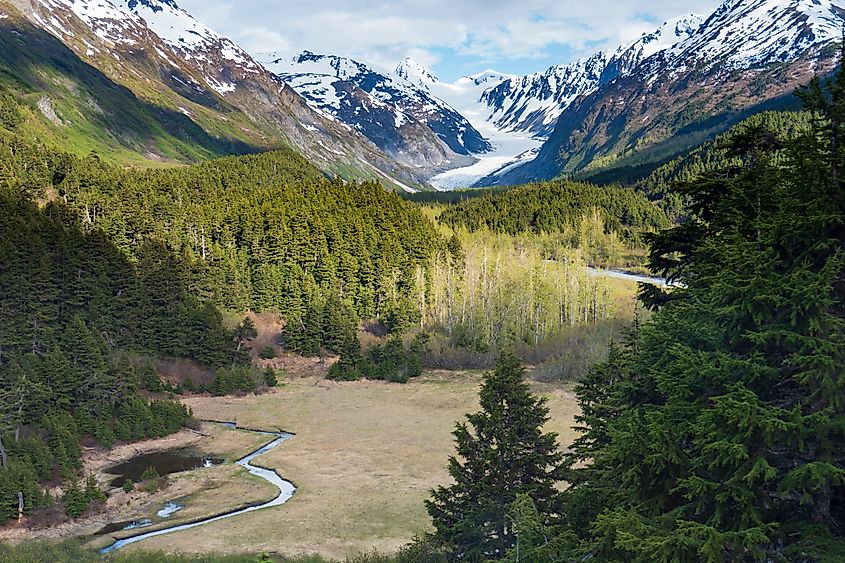
Encompassing 6.9 million acres in south-central Alaska, Chugach National Forest boasts a landscape of rugged mountains, sprawling ice fields, and ancient coastal rainforests. This subarctic wilderness includes the Kenai Peninsula, Copper River Delta, and Prince William Sound, offering some of the most stunning scenery in North America.
Glaciers carve their way through valleys, while salmon-filled rivers provide nourishment for black and brown bears. Mountain goats navigate the sheer cliffs, and sea otters bob in the icy waters of the Sound. The region’s diverse terrain also supports a variety of seabirds and marine life, making it a critical habitat for wildlife conservation.
Indigenous Sugpiaq and Dena’ina peoples have called this land home for centuries. European explorers, fur traders, and gold prospectors later left their mark. Today, the Chugach remains a paradise for outdoor adventurers, from kayakers paddling its fjords to backcountry skiers traversing its snow-covered peaks.
Humboldt-Toiyabe National Forest
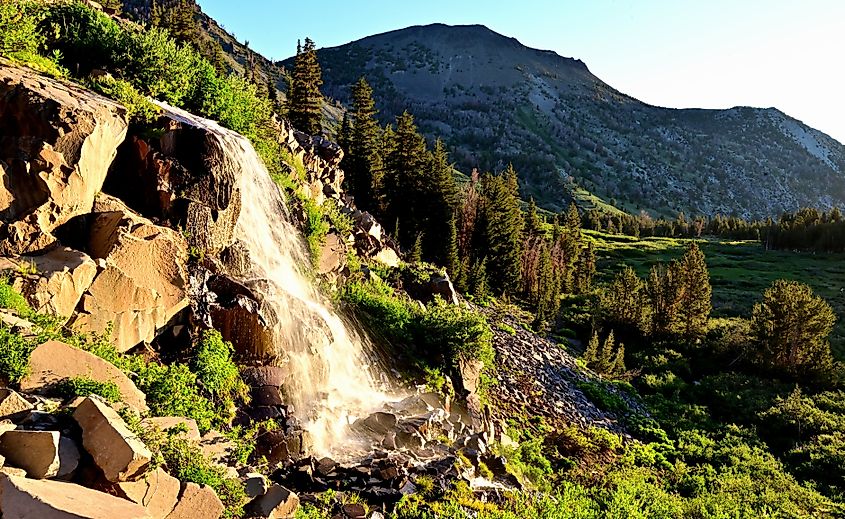
Humboldt-Toiyabe, the largest national forest outside Alaska, stretches across 6.7 million acres across Nevada and eastern California. Unlike the dense woodlands of the Pacific Northwest, this vast forest is a patchwork of rugged mountains, sagebrush plains, and alpine meadows.
Jeffrey pines, bristlecone pines, and aspens dominate the landscape, with high-altitude peaks reaching above 12,000 feet. Desert bighorn sheep, mule deer, and mountain lions roam its wilderness, while isolated groves of ancient bristlecone pines, some over 4,000 years old, stand as some of the oldest living organisms on Earth.
The forest's history is rich with Indigenous habitation, mining booms, and ranching traditions. Today, it offers exceptional opportunities for hiking, camping, and exploring Nevada’s remote and rugged terrain.
Salmon-Challis National Forest
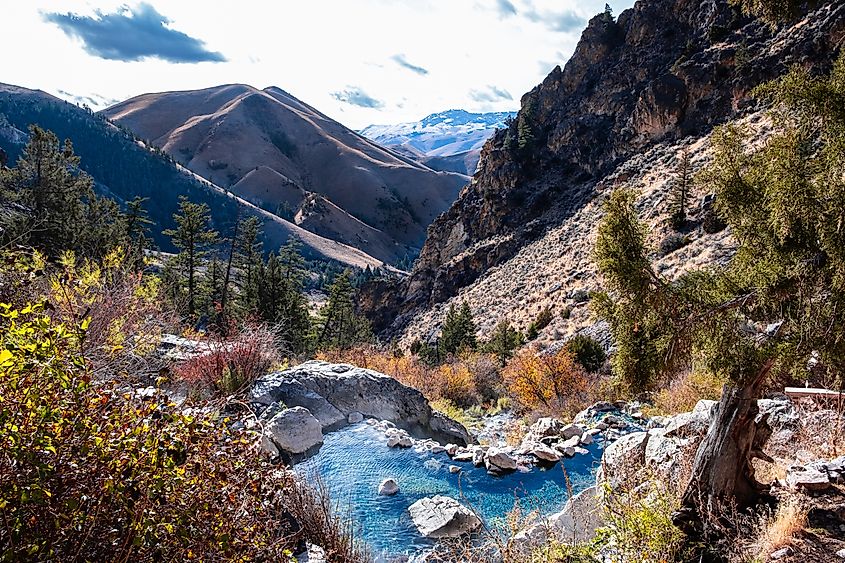
Covering an impressive 4.2 million acres in central Idaho, Salmon-Challis National Forest is a land of dramatic canyons, wild rivers, and soaring peaks. It is home to the Frank Church-River of No Return Wilderness, one of the largest designated wilderness areas in the Lower 48.
The forest is defined by steep mountain ranges, dense pine forests, and the winding Salmon River, known as the “River of No Return” due to its challenging rapids and remote location. Elk, moose, and black bears roam the terrain, while golden eagles and peregrine falcons soar above the cliffs.
The region has a deep Indigenous history, with the Nez Perce and Shoshone-Bannock peoples relying on its abundant resources for thousands of years. Later, fur trappers and prospectors navigated the wild river corridors. Today, whitewater rafting, hiking, and backcountry camping attract those seeking true wilderness experiences.
Bridger-Teton National Forest
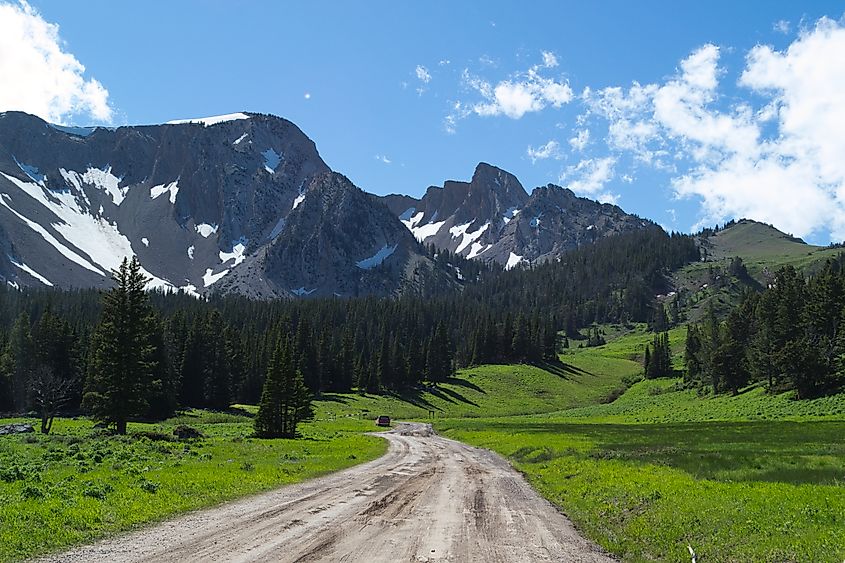
Bridger-Teton National Forest is a rugged expanse of high mountain peaks, deep valleys, and untamed rivers extending across 3.4 million acres in western Wyoming. Bordering Yellowstone and Grand Teton National Parks, this forest offers some of the most iconic landscapes in the Rocky Mountains.
Towering lodgepole pines and Engelmann spruce dominate the high-altitude forests, while sagebrush and wildflower meadows thrive in lower elevations. Grizzly bears, gray wolves, and moose roam freely, making this one of the most biodiverse forests in the country.
The forest has long been a vital landscape for the Shoshone and Bannock tribes. Later, fur trappers, homesteaders, and ranchers shaped its history. Today, it remains a paradise for hikers, anglers, and those seeking the untamed beauty of the American West.
Superior National Forest
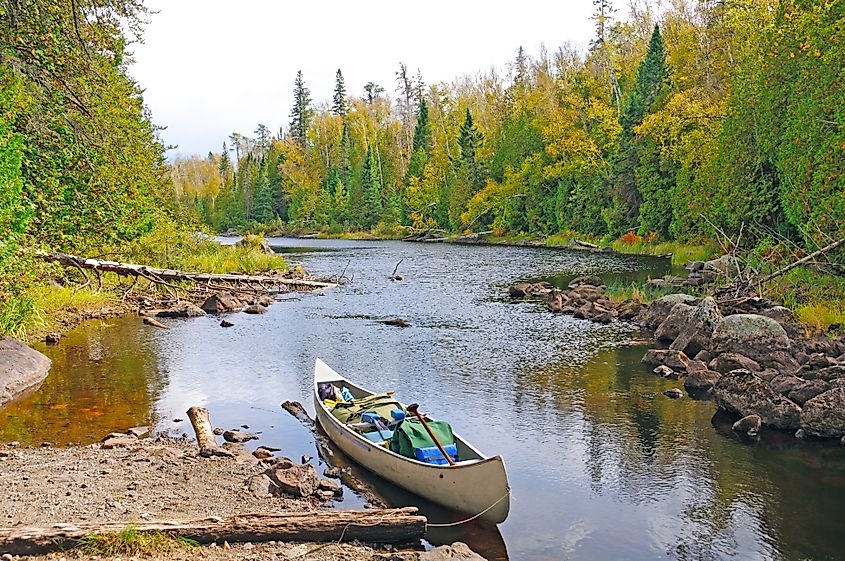
Superior National Forest's water-rich landscape features boreal forests, pristine lakes, and granite outcroppings across its 3.2 million acres in northern Minnesota. The famed Boundary Waters Canoe Area Wilderness, a 1-million-acre network of lakes and rivers, lies within its boundaries.
Towering white pines, aspens, and balsam firs provide habitat for black bears, moose, and timber wolves. The region’s waters support a thriving population of loons, beavers, and otters, making it one of the most ecologically significant forests in the Midwest.
Superior National Forest has been home to the Ojibwe people for centuries, and their traditions remain deeply connected to the land. Today, the forest draws canoeists, anglers, and hikers eager to experience its remote beauty.
Mark Twain National Forest
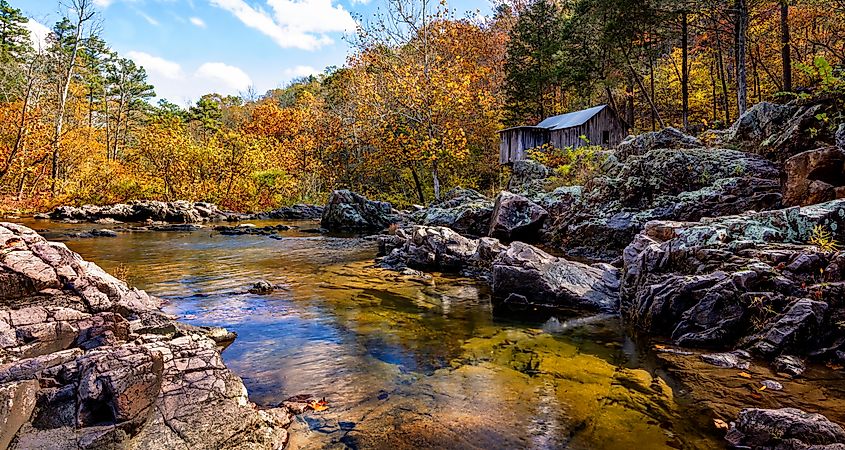
Encompassing 3 million acres across Missouri, Mark Twain National Forest is a landscape of rolling hills, deep valleys, and winding rivers. The Ozark Mountains create a rugged terrain dotted with limestone bluffs, caves, and crystal-clear springs.
Dense oak-hickory forests cover much of the region, interspersed with shortleaf pine stands. White-tailed deer, wild turkeys, and black bears roam the woodlands, while its streams and rivers are prime habitats for smallmouth bass and freshwater mussels.
Named after Missouri’s most famous author, this forest has a history of Indigenous habitation, pioneer settlements, and logging. Today, it remains a hub for outdoor recreation, with miles of trails for hiking, horseback riding, and canoeing along scenic rivers.
A Legacy of the Wild
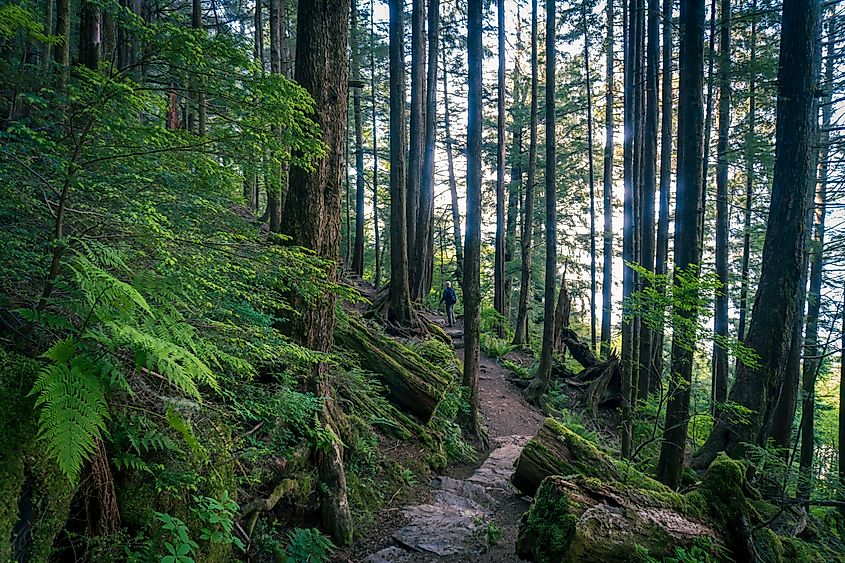
America’s great forests are more than just landscapes; they are living time capsules of history, biodiversity, and natural wonder. These vast woodlands protect fragile ecosystems, offer sanctuary for wildlife, and provide an escape for adventurers seeking solitude in the wild.
Whether trekking through Alaska’s coastal rainforests, navigating the whitewater of Idaho’s rivers, or paddling the serene lakes of Minnesota, these forests remind us of the untamed beauty still present in the modern world. Their preservation ensures that future generations can continue to find inspiration beneath their ancient canopies, where the wild still grows tall.

